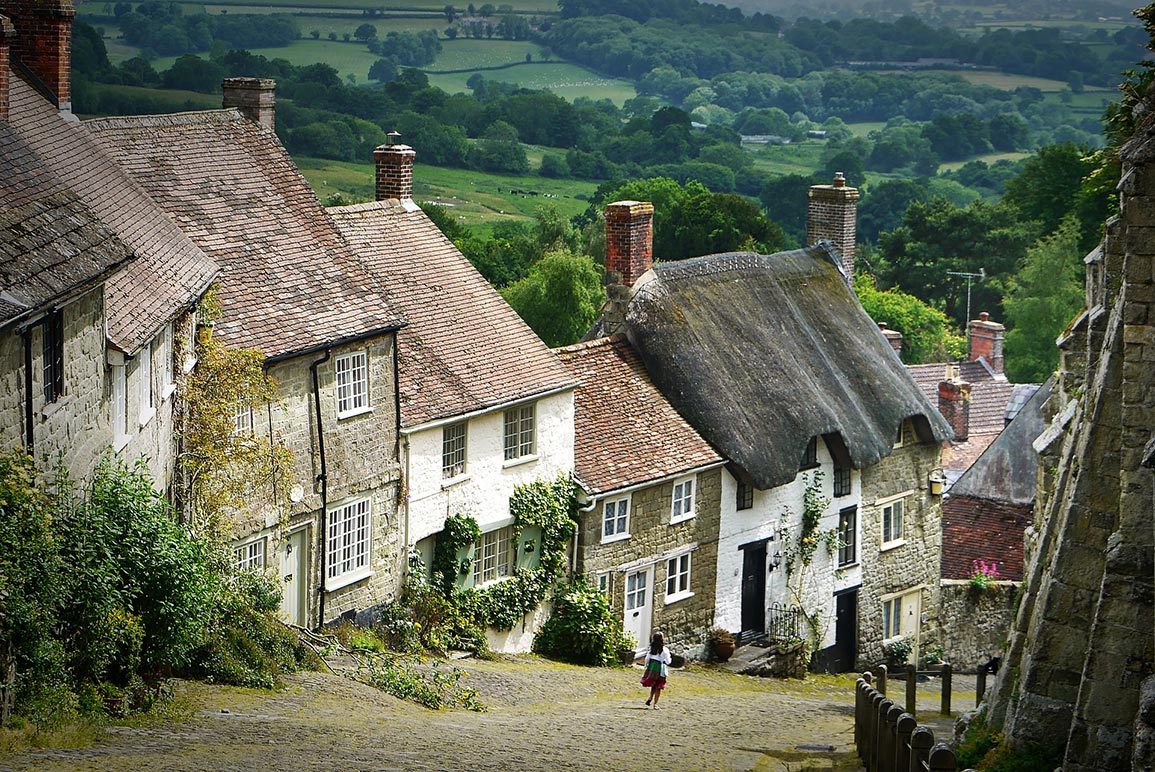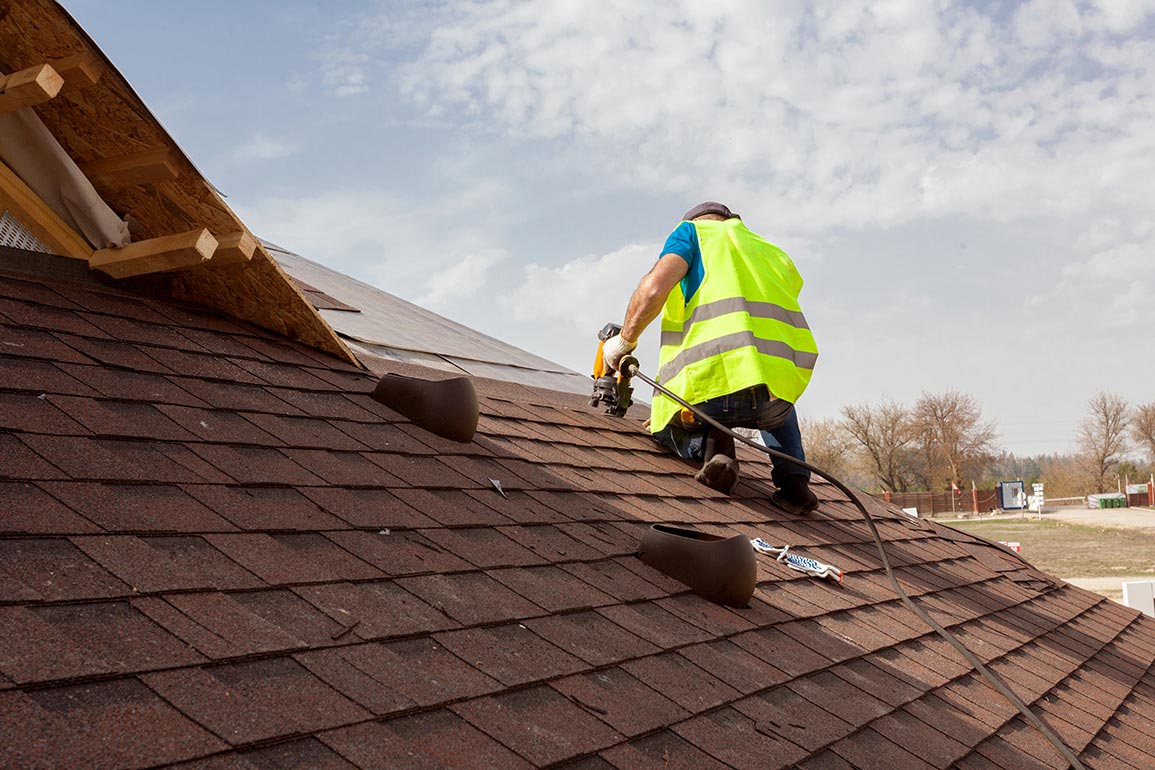Our Essential Need For A Roof Over Our Heads

We take our roofs for granted a great deal; many people only give them a second thought when something goes wrong and they need to hire a roofer to fix it. This is Similar to the history of roofing, we don't often consider how people created weatherproof, permanent roofs or how the quest for more fascinating, spectacular, and complicated structures fuelled scientific advancement in one of history's most important inventions.
There has always been a need for roofing of some form as long as man has had a need for shelter. Although it is well known that early man lived in caves, archaeological evidence reveals that temporary shelters were also constructed in the open for hunting and gathering purposes. Once man moved to agriculture, early permanent communities with crude shelters started.
Early Asia had highly developed roofing techniques, and evidence of thatched and tiled roofing systems existed long before the technology was applied in Britain. Due to its availability and resilience to earthquakes and other natural calamities, wood was used to build the first buildings. Early inhabitants in Japan lived in homes with earth floors atop timber foundations and straw-thatched roofs.
The roofs have seen a big change after the world was much more industrialised over the past 200 years, and advances in both raw materials and manufacturing techniques would see more efficient roofs being built. The majority of roofing in Europe by the 19th century was either made of clay tiles or real slate, frequently depending on the local natural resources. Natural slate was used more widely as a result of the creation of railroads since it could be transported more cheaply to places where it wasn't native.
Clay tile manufacture advanced in Europe throughout the first half of the 20th century as a result of the introduction of raised weatherbars that interlocked with one another from one tile to the next. This was an improvement over the straightforward overlapping Ogee form and ensured that tiles could still block water penetration even if they were bent as a result of drying or fire issues. This made roofing more effective and made it possible to construct roofs with lower pitches.
The majority of these advancements took place on the continent of Europe, and by the 1970s, French and German machine pressing technologies, as well as computerised kiln fire and automated handling, had been created. This allowed tiles to be produced considerably more consistently and effectively.
Different Types of Roof
- Flat Roof (Low Slope Roof)
- Shed Roof
- Gable Roof (really common type of roof)
- Clipped Gable Roof
- Dutch Gable Roof
- Gambrel Roof
- Hip Roof
- Mansard Roof
Roofing in the UK
As a nation, we are renowned for having lovely thatched roofs, yet since our forefathers first came to our land, roofing practises have undergone significant change. How have our roofs changed over time and how have they looked before different materials and methods were used?
Every country has a different climate to contend with, and every roof has a different appearance and the UK is no exception with its varied weather from dry to extremely wet.
Traditionally, roofs on UK homes were constructed out of whatever materials were handy at the time, which in many cases started out as thatch. No matter where your home was located in the country, thatched roofs offered a number of advantages and the materials were simple to get and prepare. However, the Great Fire of Southwark, London, which broke out in 1212, caused many people to rethink the practise. The most extensive spread of the fire was caused by wooden buildings with overhanging thatch roofs, despite the fact that it had already been prohibited in the capital city by a regulation dating back to 1189. As a result, materials used to construct homes and shops changed going forward.
Following the insistence on using numerous different types of roofing materials, the most widely used roofing materials at the time were clay, stone, and slate. Having said that, the type of material used on your roof in the past would have depended much on where you lived in the country. For instance, a location's proximity to water, such as a river or the coast, would have determined the availability of raw materials for making clay roofing tiles. Large clay reserves in the South East and Midlands contributed to a higher proportion of roofs with clay tiles, whereas access to harder slate in the North and Wales increased the appeal of roofs with slate tiles.
With a growing emphasis on roofs that offer energy efficiency and protection from extreme weather, modern roofing trends currently comprise a wide range of materials and styles. While some property owners opt to utilise more affordable, long-lasting materials like steel and concrete, others decide to add solar panels on their roofs to reduce their energy expenses.



